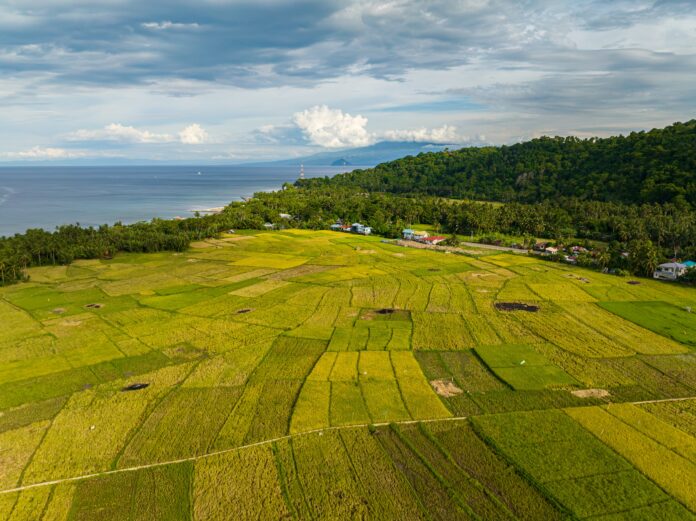Agricultural production in the Philippines fell by 2.2 percent in the fourth quarter of 2024, marking a reversal from the 0.9 percent increase seen in the same period last year. The full year performance for 2024 also saw a similar decline, with a 2.2 percent drop in agricultural output, compared to a modest 0.4 percent growth in 2023.
The downturn was primarily driven by declines across the crops, livestock, and fisheries sectors. The crops subsector, which makes up over half of the agricultural output, faced a significant 3.1 percent decline, mainly due to reduced production in key products like rice, corn, and high-value crops. For the year, crops fell by 4.2 percent, reflecting challenges such as adverse weather and competition from imports.
The livestock sector, accounting for 14 percent of agricultural output, saw a 6.2 percent dip, as pork, goat, and cattle production weakened. However, dairy and carabao production showed slight improvements. Fisheries, contributing nearly 13 percent to total production, declined by 2.1 percent, though gains in species like milkfish and blue crab mitigated the overall drop.
On a brighter note, the poultry subsector was the only segment to post positive results, with a 6.1 percent increase in Q4 production, driven by higher outputs in chicken, eggs, and duck. Full-year poultry performance rose by 6.6 percent, offering some relief amid broader sector struggles.
Experts attribute the decline to multiple factors, including the impacts of El Niño and La Niña, as well as high volumes of agricultural imports that have kept retail prices elevated despite increased foreign supply. The sector’s vulnerability to natural disasters and ongoing challenges with resilience and import dependency have raised concerns about long-term agricultural stability and the livelihood of farmers.
The Department of Agriculture (DA) reported a record-breaking P57.78 billion in agricultural losses for 2024, with typhoons and the effects of El Niño contributing heavily to the damage. The sharp decline in production signals potential increases in rural poverty and further challenges for an already struggling industry.
Agriculture stakeholders are calling for urgent reforms to address the sector’s weaknesses and ensure sustainable growth moving forward.







